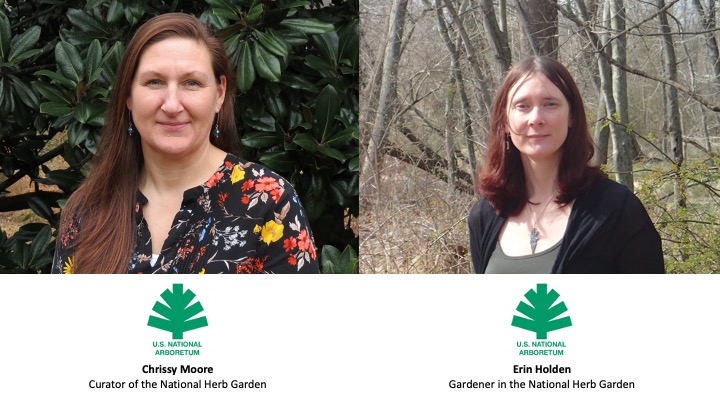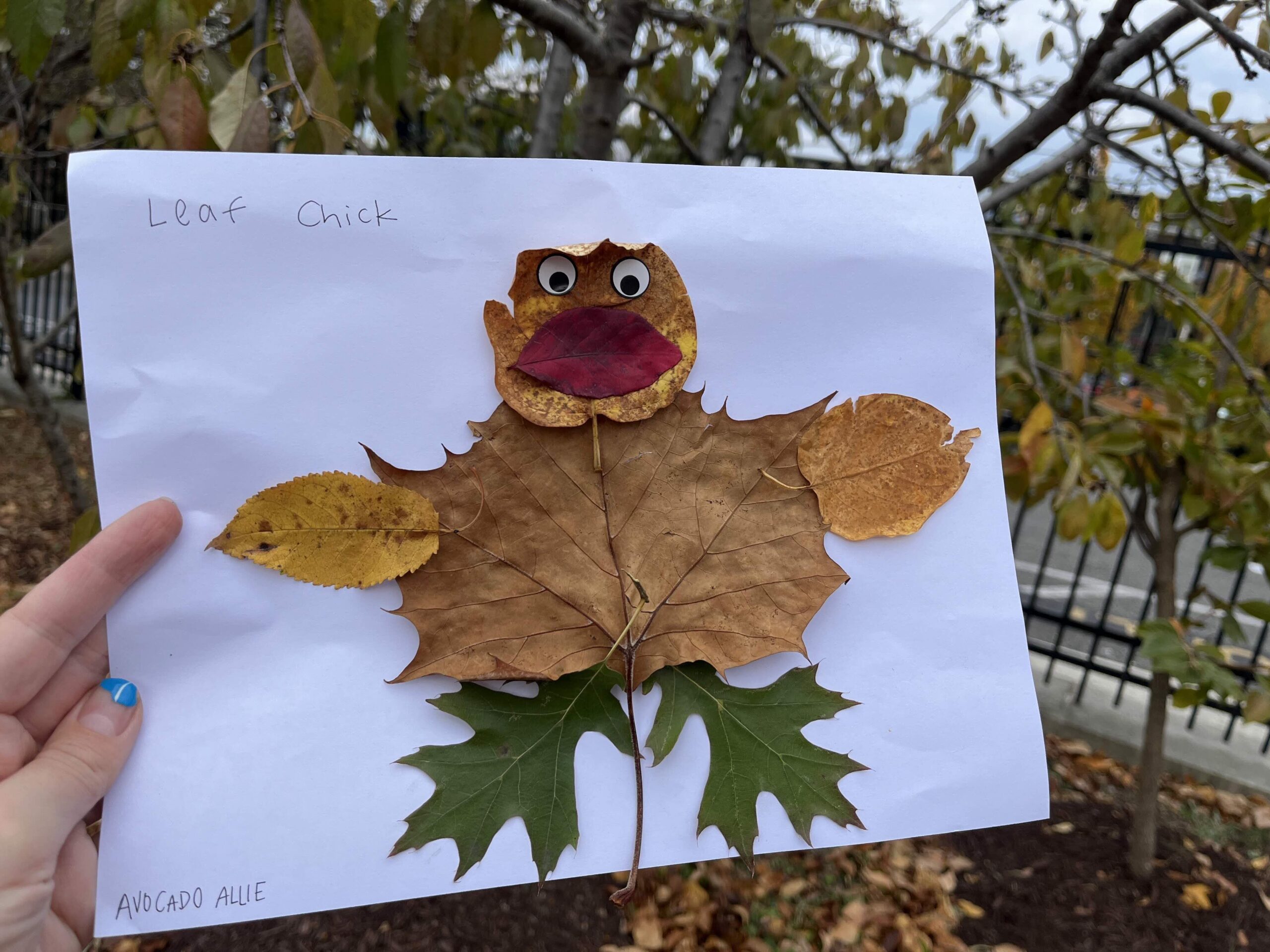Children’s Books Celebrating Latine & Indigenous Cultures
The First Blade of Sweetgrass by Suzanne Greenlaw and Gabriel Frey is a story about a Wabanaki child learning her ancestral practices to steward the culturally significant sweetgrass from her grandmother. It also includes background information about the People of the First Light whose territories covered Maine and parts of Quebec and Canada, basket weaving, and a Passamaquoddy-Maliseet glossary.
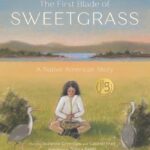
A Day with Yayah by Nicola I. Campbell takes us on a journey to gather edible plants and mushrooms with a Nłe?képmx family (part of the Interior Salishan peoples). The children and readers learn Nłe?kepmxcÍn words and Indigenous knowledge about the natural world in the Nicola Valley in British Columbia.
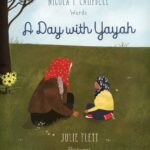
Fry Bread: A Native American Family Story by Kevin Noble Maillard shares inclusive affirmations and familial imagery for the Native staple food born from government-caused deprivation and community resilience. The author’s note includes rich personal storytelling and researched history titled by the affirmations from the story.
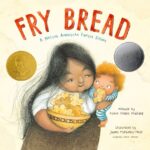
Freedom Soup by Tami Charles celebrates a Haitian New Year’s soup recipe, intergenerational joy, and the history of the tradition dating back to the Haitan Revolution. Soup joumou is often made with calabaza squash, which is similar to pumpkin and native to central and south America.
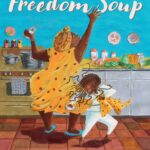
Zonia’s Rainforest by Juana Martinez-Neal highlights the Asháninka people’s connection to nature in the Peruvian Amazon and the impact of deforestation with beautiful illustrations of animals and plants on hand-made paper and simple language appropriate for PreK and up.
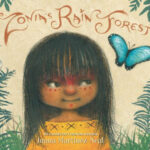
Talking with Mother Earth Poems: Poemas Hablando con Madre Tierra by Salvadoran poet Jorge Argueta explore a young native boy’s connection to Mother Earth and how it heals the terrible wounds of racism. Mountains, wind, corn and stones all speak to Tetl and through them he learns to speak and sing, revealing his Nahuatl self. Vivid, richly colored illustrations set off these bilingual poems.
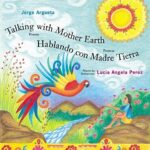
El niño de maíz: The Boy of Maize por Mario Bencastro is a beautifully illustrated bilingual story inspired by the Popol Vuh, the book of the Maya, the ancestors of those from central America. A great blue turtle, butterflies, birds, a hawk, a snake, a toad, and a louse all steward the message of the Mayan boy born from maize to the townspeople.
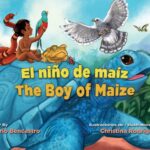
Abuelita and I Make Flan by Adriana Hernández Bergstrom takes readers through Anita’s first time making flan with Abuelita for Abuelo’s birthday in a cartoon-like narrative that teaches us about the importance of family over material objects. A recipe for cheese flan and Spanish-English translations close out the book.
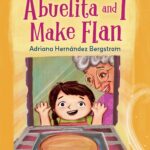
Dinner on Domingos by Alexandra Katona celebrates an Ecuadorian extended family’s Sunday tradition of enjoying Abuelita’s cooking and cousins running around having fun together. The story provides an entryway into talking about holiday and cultural traditions around food, as well as Alejandra’s experience growing up as the daughter of an immigrant who wasn’t taught Spanish but longed to connect with her abuelos. The author’s note includes a map locating Ecuador, pictures of the author’s abuelos and childhood, and Spanish translations.
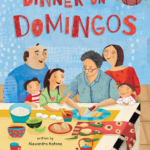
Questions for educators and facilitators:
- Which of these books could provide a window or mirror for your students?
- What children’s books have you read with your students that celebrate Latine and Indigenous cultures?


